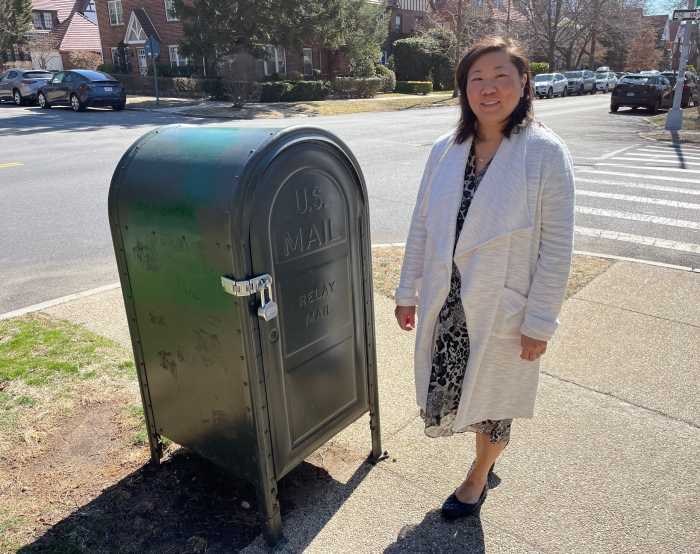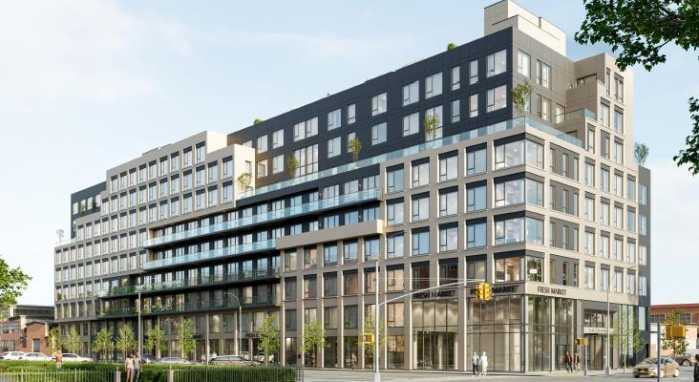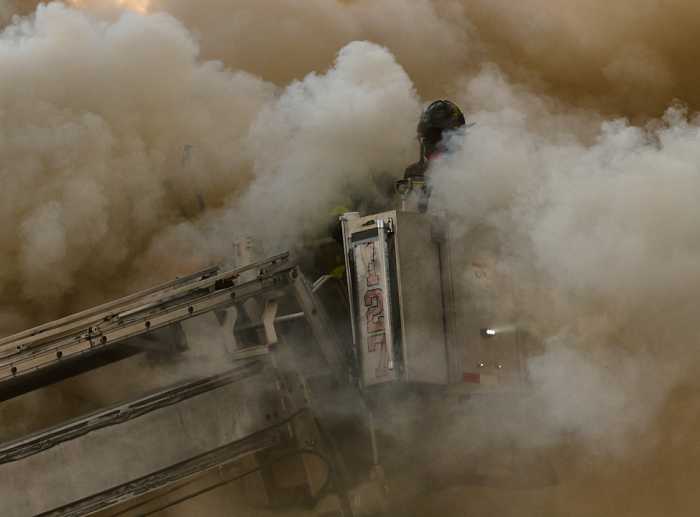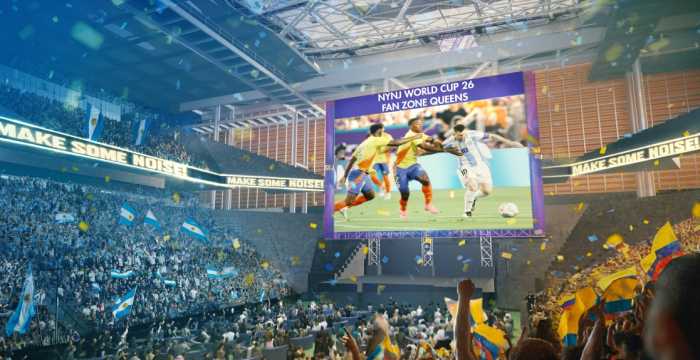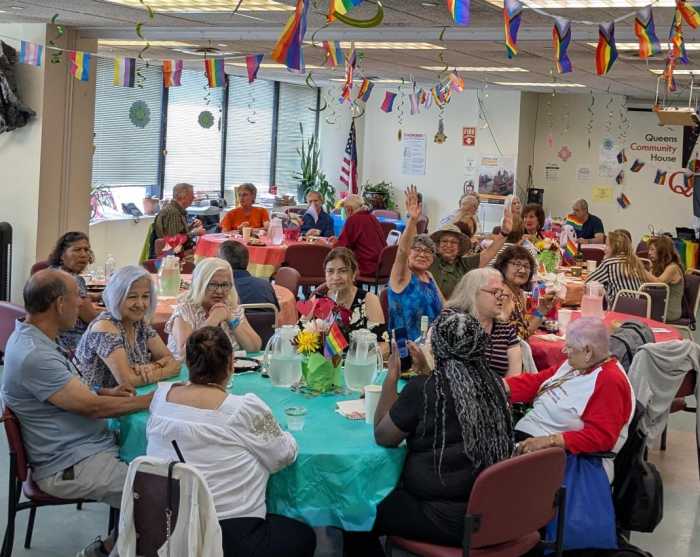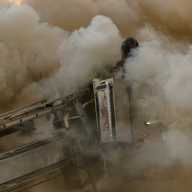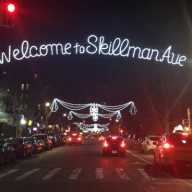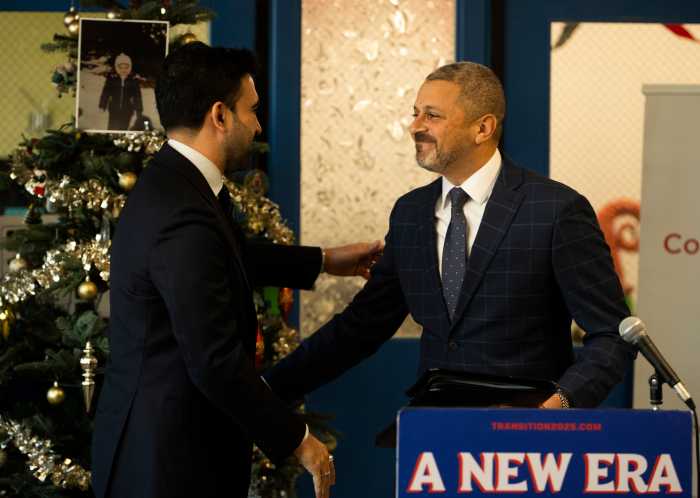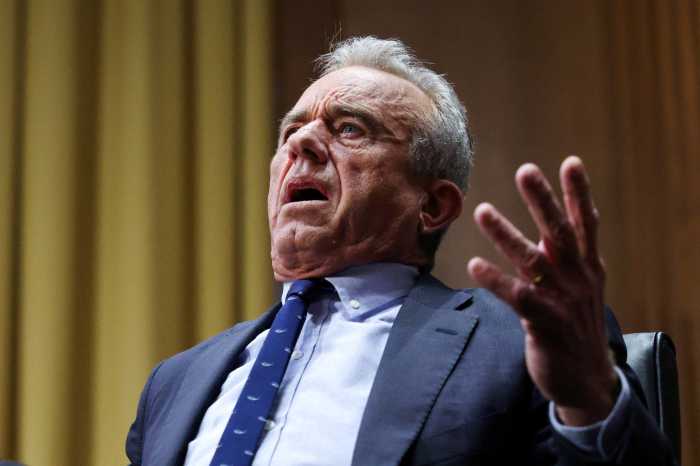By Philip Newman
The Obama administration has come up with another $400 million-plus for the East Side Access and the Second Avenue subway projects, even as the MTA diminishes regular transit service due to its monumental cash shortage.
As the latest federal cash infusion was announced, Mayor Michael Bloomberg said he believed the No. 7 subway line extension would include a station at 41st Street and 10th Avenue.
The station at 41st Street was originally plan but then abandoned due to rising costs of the extension, which will take straphangers past Times Square to 11th Avenue and 34th Street.
Bloomberg said it would require an engineer to determine “whether it’s viable,” but “we’re confident we have found a way to keep the prospect of a future 10th Avenue station alive.”
U.S. Rep. Carolyn Maloney (D-Astoria) said the federal government would provide $197 million for the Second Avenue subway and $215 million for the East Side Access in the 2011 fiscal year.
“I’m proud to have helped to make sure that this year’s House transportation bill includes a $400 million boost for these two mega projects,” said Maloney, who has long been active in promoting both.
The Second Avenue subway will be an 8 1/2-mile, two-track line from 125th Street and ending at Hanover Square in lower Manhattan.
The new subway line is expected to relieve critical crowding on the Lexington Avenue subway line — the Nos. 4, 5 and 6 trains — which carries 40 percent of all subway riders in New York City.
The East Side Access will bring Long Island Rail Road trains into Grand Central Terminal, making transfers unnecessary for thousands of commuters arriving at Penn Station but whose destinations are on Manhattan’s East Side.
LIRR riders will arrive at a concourse 100 feet below Grand Central Terminal and reach street level by elevators.
Transit advocates had always said both projects must be built at the same time, lest the thousands from the East Side Access cause even worse crowding on the Lexington line.
With the financial straits of the Metropolitan Transportation Authority, some transit patrons have asked why the mega project money is not used to relieve the current financial distress of day-to-day transit operation.
But the federal money is designated for transit expansion and thus cannot be used for regular subway and bus operation
“The law is quite clear,” said Kevin Ortiz, a spokesman for the MTA. “The federal money cannot be used to cover operating expenses.”
Maloney said the big projects are actually a spur to the New York City economy with every dollar spent on public infrastructure increasing the gross domestic product by $1.59. The Second Avenue subway so far has created 16,000 new jobs, generated $842 million in wages and produced $2.87 billion in economic activity. The East Side Access has created 22,000 jobs, generated $1.176 billion in wages and produced $4 billion in economic activity.
Reach contributing writer Philip Newman by e-mail at timesledgernews@cnglocal.com or phone at 718-260-4536.

